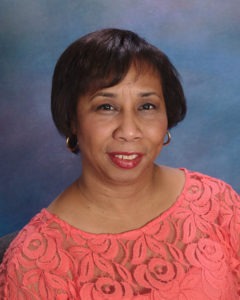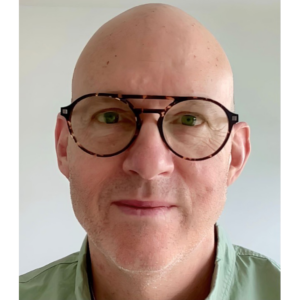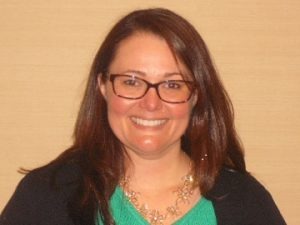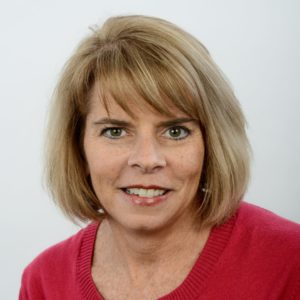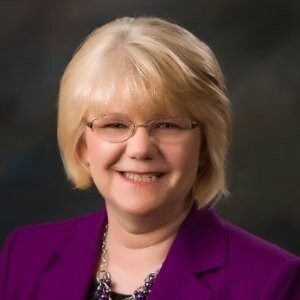CMS’ PDPM May Impact Clinical Protocols
Changes to Medicare reimbursements may affect your facility’s workflow.
On October 1, 2019, the Centers for Medicare and Medicaid Services (CMS) will flip the switch on a new reimbursement model called the Patient Driven Payment Model (PDPM). It will be used under the Skilled Nursing Facility Prospective Payment System for classifying SNF patients in a covered Medicare Part A stay. What is this new approach and how might it change the way your facility functions?
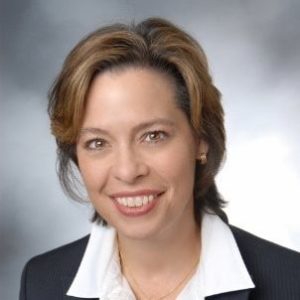
Cynthia Morton, executive vice president of the National Association for the Support of Long Term Care (NASL)
“CMS has put in place a completely new reimbursement system for fee-for-service Medicare Part A nursing home patients,” says Cynthia Morton, executive vice president of the National Association for the Support of Long Term Care (NASL), the exclusive national trade association representing providers of both ancillary services and products to the long-term and post-acute care sector. An expert on Medicaid, Medicare, and other public policies that affect the long-term and post-acute care sector, Morton says “the PDPM is replacing something called the RUG system,” an approach that “really favored providing of therapy. The new PDPM system is more balanced in terms of recognizing what the patient needs individually, assessing for that, and paying the nursing home provider for that.”
As CMS explains, “under RUG-IV, most patients are classified into a therapy payment group, which uses primarily the volume of therapy services provided to the patient as the basis for payment classification. This creates an incentive for SNF providers to furnish therapy to SNF patients regardless of the patient’s unique characteristics, goals, or needs. PDPM eliminates this incentive and improves the overall accuracy and appropriateness of SNF payments by classifying patients into payment groups based on specific, data-driven patient characteristics, while simultaneously reducing administrative burden on SNF providers.”
In plain English, “the implication of these changes is that as of October 1, nursing facilities will have to be more in tune with how they assess their patients and how they document the care they give their patients,” Morton says.
Some aspects of care aren’t going to change, for example “rehab therapy will continue to be absolutely integral to the recuperation of many of the patients that come to nursing facilities after they’ve been in the hospital. But nursing care is going to be just as important in the new system. You would think it always would have been, but it’s all about how the reimbursement system recognizes certain attributes of the patient.”
To make these assessments of patient attributes, SNFs are going to have to pay a lot of attention to how they deploy the MDS or Minimums Data Set, an assessment tool that CMS provides. The MDS has always been required and is a lengthy questionnaire administered at regular intervals to assess patients’ health and wellbeing. But some key changes to it are going to alter the way SNFs conduct these assessments. MDS will include some new items and new weightings for certain aspects of patient care all delivered on a different schedule than in the past. All of this means some adjustments to how SNFs structure their workflows, Morton says.
For example, “an item on the assessment measures the level of depression of the patient. It’s always been on our MDS, but under RUGs, it was not directly connected to increasing or decreasing reimbursement, so maybe it wasn’t as important to get that question answered on the MDS. Going forward under the new system, measuring depression and the questions on the MDS that measure depression are connected to reimbursement, so of course they’re going to be more important to us going forward. Not that measuring depression wasn’t important before, but when it’s connected to dollars it brings on new and additional importance.”
Another part of the MDS that will gain more importance under the new system is section GG, which “assesses functional ability and goals of the patient. Things like, how far can that resident walk? What kind of oral hygiene is that resident capable of? We need to know how this new patient is assessed on some of these items because the nursing home staff is going to be working to enhance their abilities so they can go home and function well. That will be part of their rehab at the facility.”
The MDS seeks to measure baseline ability of the patient at admission to help track progress over the course of a stay. “That’s a key metric as of October 1. The facility has to show functional change over the time period of the stay in the nursing facility. That is one of CMSs new quality measures under its QRP, or Quality Reporting Program,” Morton says. If the MDS isn’t properly deployed, that could affect whether the SNF will be reimbursed for services rendered.
A Change for the Better?
Taken all together, these changes are intended to provide a more holistic approach to patient care. The intention is good, and CMS has made clear the change is intended to put the patient back in the center of care and emphasize individual characteristics. The idea is to develop a clear idea of “where is the patient right now? What needs to be treated? Let’s focus on that,” Morton says.
But as with any major change, making the leap from one system to another is always challenging. “The drawback is it’s a big unknown,” Morton says. “The last time we had a major reimbursement switch was in 1997. So it’s been a long time.” But on October 1, CMS is going to flip the switch from its current system to the new PDPM approach.
While most SNFs have spent the past year-plus getting ready, there’s bound to be some hiccups and growing pains as they leave behind the old system and begin working with the PDPM. Morton says facilities “should have already been studying the changes to the MDS and most importantly figuring out how those new changes can be reflected in the facility’s workflow.” But some may find that the changes they’ve made don’t go far enough or need additional adjusting in the initial months after the change is made.
Since the announcement of the new model was made in July 2018, many SNFs around the country have been working very hard to make these adjustments, but time will tell how the roll-out works and whether SNFs are able to make the leap seamlessly. “People have had a year to get used to it, but it’ll be a challenge with workflow. But you get used to doing things a certain way, and when you have to change that, it presents a challenge and a risk,” Morton says.
Other potential issues could crop up over the reimbursements themselves. “It could also be possible that the new system underpays facilities, and we won’t know that for a while. There’s also a risk that CMS overpays nursing facilities. Why that’s a risk is because CMS is implementing this new payment model in a budget-neutral fashion. It’s budget-neutral to CMS, so it means they’re not intending to pay any more than if we were still under the RUG system. So if there’s coding creep or if CMS starts seeing reports that indicate they’re overpaying, the risk is they’ll claw it back and undertake a recalibration process that could be painful.” This happened with the last change, “so it’s on people’s minds.”
Morton also cautions facility owners and operators to keep an eye on quality measures while making the transition to the new PDPM. “Medicare is still fee-for-service, not fee- for-value, but there’s some new quality measures and functional change measurements coming into play on October 1 alongside the new reimbursement program. Owners and operators shouldn’t lose sight of those as they’re adjusting their workflow.”
All risks aside, “the intention is good, it’s positive. It’s actually outstanding. We’ve matured to this patient-centered approach, and now the reimbursement system has followed. Kudos to CMS for doing that, but now we’re really going to see if it proves itself when it goes into place on October 1,” she says.

Elaine K. Howley is a freelance journalist for various publications. An award-winning writer specializing in health, fitness, sports and history, her work has appeared in numerous print and online publications, including U.S. News, AARP.org, espnW, SWIMMER magazine and Atlas Obscura. She’s also a world-record holding marathon swimmer with a passion for animals and beer. Contact her via her website: elainekhowley.com.
Related Articles
Topics: Featured Articles , Medicare/Medicaid , Policy , Regulatory Compliance




